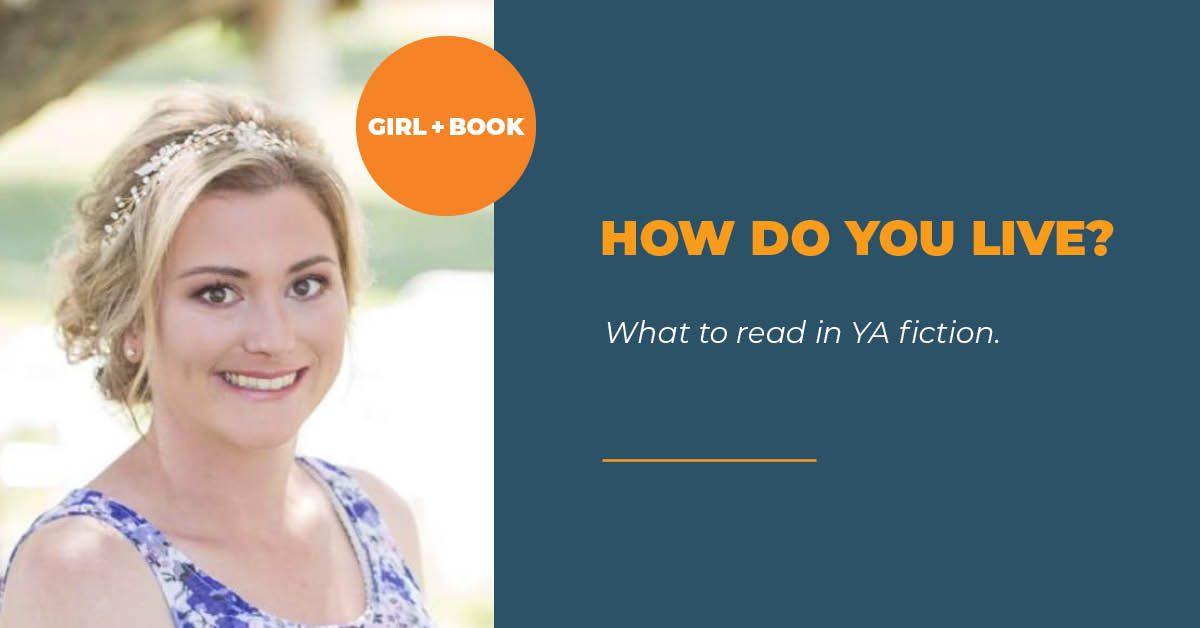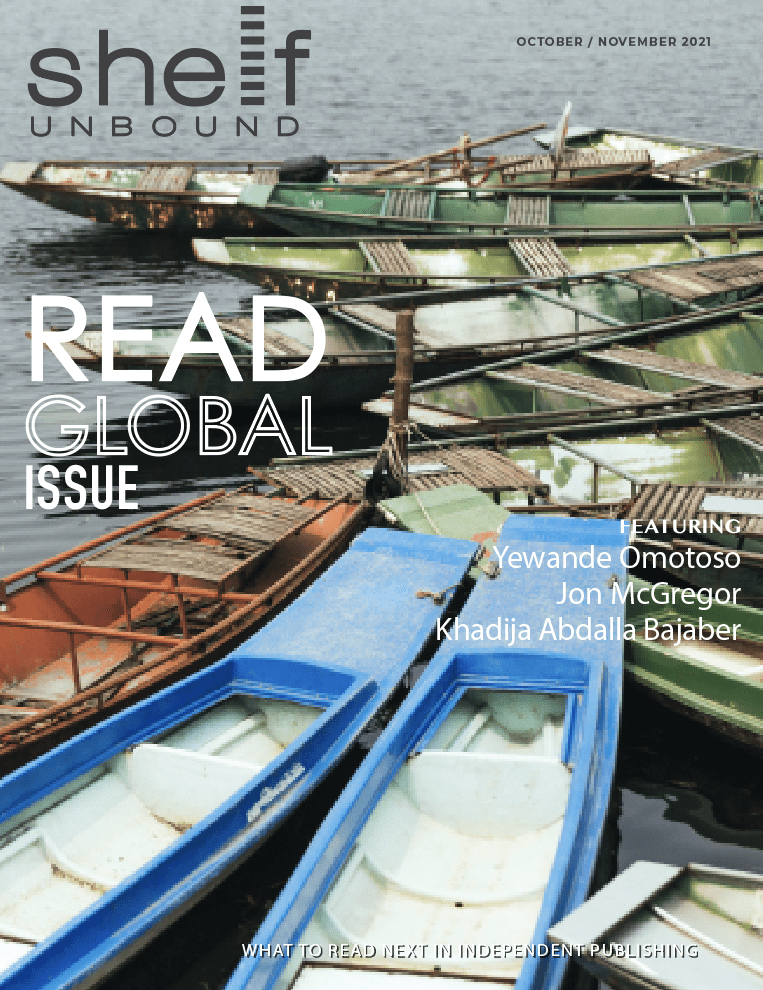By Megan Lord

Young adult fiction continues to become one of the most popular genres – mostly for adults. Join us each issue to find your next YA read.

How Do You Live?
Genzaburo Yoshino
Anime master Hayao Miyazaki’s favorite childhood book, in English for the first time.
First published in 1937, Genzaburō Yoshino’s How Do You Live? has long been acknowledged in Japan as a crossover classic for young readers. Academy Award–winning animator Hayao Miyazaki (Spirited Away, My Neighbor Totoro, Howl’s Moving Castle) has called it his favorite childhood book and announced plans to emerge from retirement to make it the basis of a final film. How Do You Live? is narrated in two voices. The first belongs to Copper, fifteen, who after the death of his father must confront inevitable and enormous change, including his own betrayal of his best friend. In between episodes of Copper’s emerging story, his uncle writes to him in a journal, sharing knowledge and offering advice on life’s big questions as Copper begins to encounter them. Over the course of the story, Copper, like his namesake Copernicus, looks to the stars, and uses his discoveries about the heavens, earth, and human nature to answer the question of how he will live.
This first-ever English-language translation of a Japanese classic about finding one’s place in a world both infinitely large and unimaginably small is perfect for readers of philosophical fiction like The Alchemist and The Little Prince, as well as Miyazaki fans eager to understand one of his most important influences.
“So this long, long story, for now at least, comes to an end. And now I think I want to ask you a question; how will you live?” — Neil Gaiman
This story is a deep one. It’s a two-person narrative, going back and forth between Copper, a 15-year-old boy navigating life after the painful loss of his father, and through journal writings of his Uncle that help guide him through. This book touches on so many aspects of grief, relationships, goals, philosophies and the big pictures of life in general. Having experienced a lot of grief myself, this story really hit in the feels for Copper.
The story being told in a pre-war time for Japan was chilling in the sense that we know what was coming for Copper and his friends and country. He is perceptive and notices the foreshadowing and has and idea of what might come, but knowing for sure what does come is just an added layer of emotion when reading this book. A big part of the general message I believe is to notice these signs and act in a way that collectively we can all try to make the world a better place. Ultimately this book pushes for a better world, for a better way of living across the board.
Blur the lines of segregation. Stand up for what you truly feel and believe. And don’t always follow the “popular opinion”. These are just a few things I picked up from the message of this book. I believe now it the perfect time for the translation of this novel, would be a great time for it to be turned into a movie, and an even better time for today’s youth to give it a read. Teenage years are formative, this book guides your way of living towards the right path.

Article originally published in the October / November 2021 Issue: Read Global.
